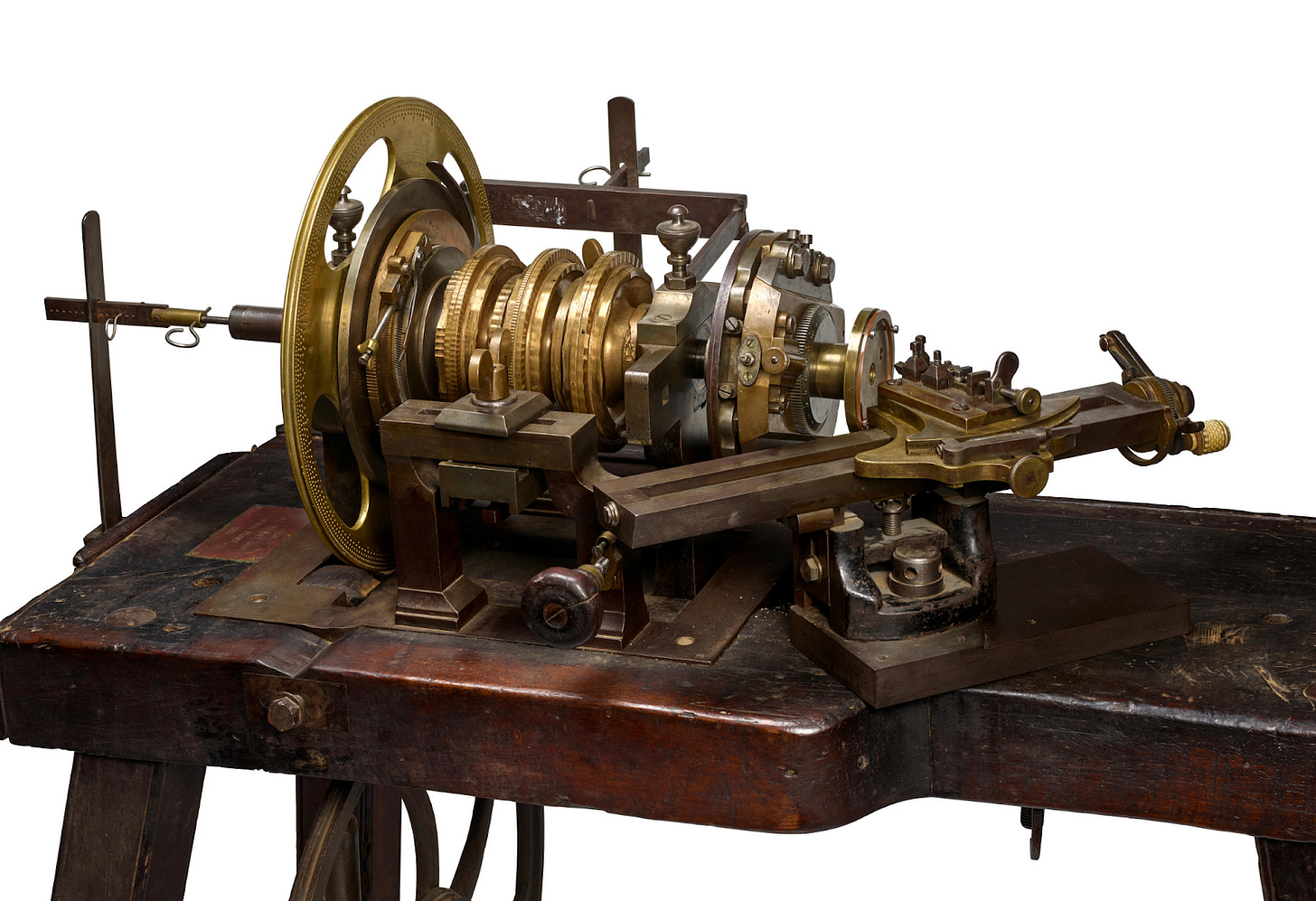In an age of mass production and digital precision, the ancient art of guilloché-work stands as a defiant testament to human craftsmanship. This technique, also known as engine turning, involves the mechanical engraving of intricate, repetitive patterns onto watch dials and components—patterns that catch light and create a visual symphony of texture and depth. Yet beyond their aesthetic appeal, these microscopic engravings tell a profound story about value, authenticity, and the evolution of luxury in our modern world.
The Value Proposition: Why guilloché Matters
The value of guilloché-work extends far beyond mere decoration. In today's luxury watch market, where brand heritage competes with technological innovation, guilloché represents an increasingly rare combination of historical significance and artistic merit. Each hand-turned pattern requires hours—sometimes days—of meticulous labor by a master craftsman whose skills have been honed through years of apprenticeship. This investment of human expertise creates an inherent value that cannot be replicated by machines.
When light plays across a guilloché dial, it creates a dynamic, ever-changing visual experience. Unlike printed patterns, which remain static regardless of viewing angle, true guilloché-work transforms with movement and illumination. This interactive quality establishes an intimate relationship between the timepiece and its owner, one that deepens with time and observation.
Moreover, guilloché serves as a tangible connection to watchmaking's golden age. In an era when luxury is increasingly defined by exclusivity, the presence of authentic engine turning signals membership in a rarefied tradition that stretches back centuries. Collectors are not merely purchasing a watch; they are acquiring a piece of horological heritage.
Authenticity in the Age of Reproduction
The discerning collector faces a significant challenge in today's market: distinguishing authentic guilloché-work from mass-produced imitations. True engine turning reveals itself through several telltale characteristics that the educated eye can detect.
Authentic guilloché patterns display consistent depth and spacing while simultaneously revealing the subtle "signature" of the human hand. Under magnification, one can observe microscopic variations in the engraving—not flaws, but evidence of the craftsman's touch. These variations create what experts call "controlled imperfection," a paradoxical quality that elevates hand-crafted pieces above their machine-made counterparts.
By contrast, stamped or laser-etched imitations often exhibit perfect uniformity, lacking the dimensional quality that comes from physical cutting into the material. The patterns appear flat, with insufficient depth to create the characteristic play of light that defines true guilloché-work. Mass-produced dials may also show interruptions in pattern continuity, particularly at edges where separate elements meet.
The material itself offers another clue. Traditional guilloché work is performed on solid metal—typically brass, silver, or gold—rather than plated surfaces. This choice of substrate allows for deeper cutting and greater durability, ensuring the pattern will maintain its integrity for generations.
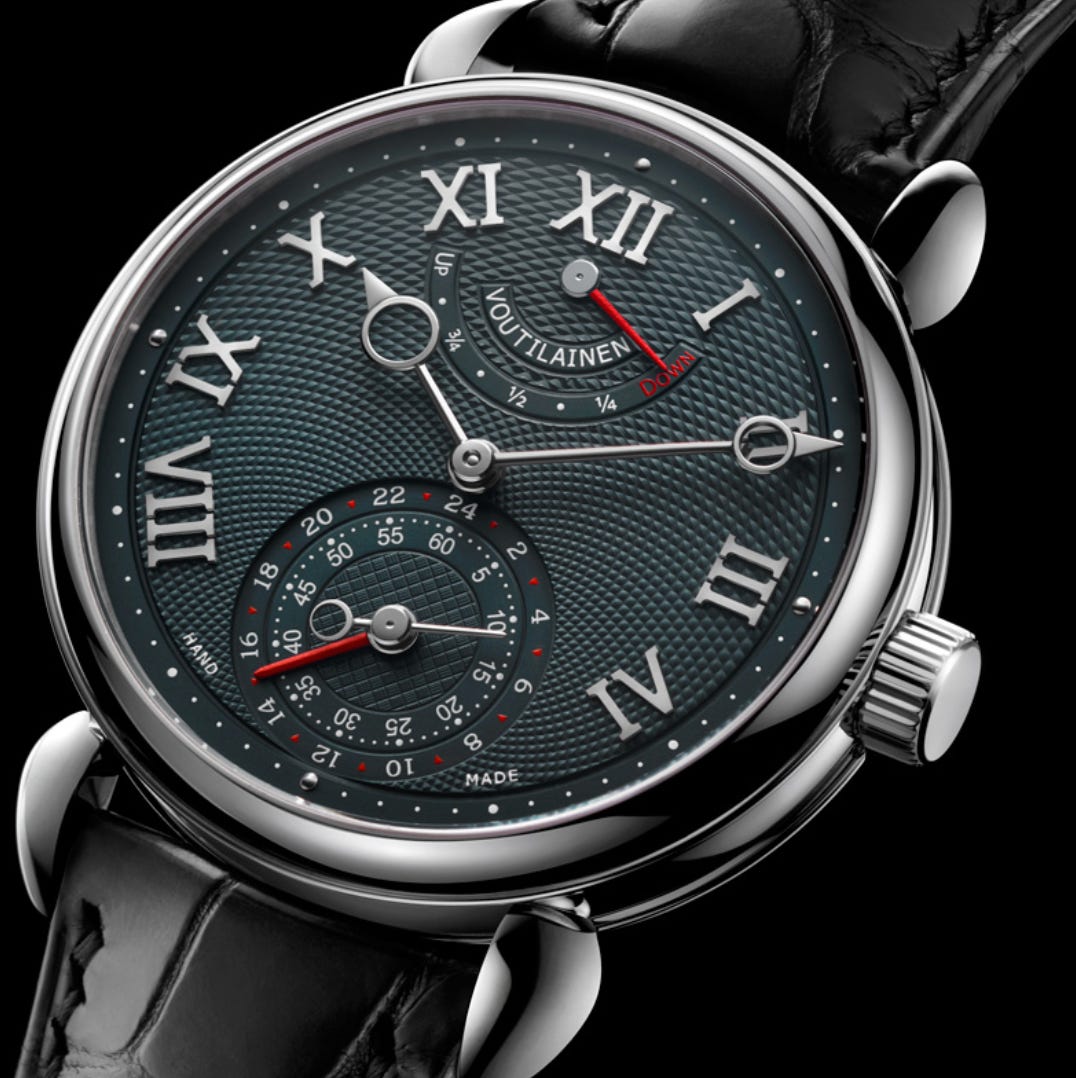
Historical Influence on Contemporary Practices
The history of engine turning casts a long shadow over today's luxury watchmaking landscape. Originating in 16th century Europe as a decorative technique for metalwork, guilloché reached its zenith during the 19th century through the work of master craftsmen like Abraham-Louis Breguet, who transformed it from mere ornamentation to a defining characteristic of fine timepieces.
Contemporary luxury watchmakers draw heavily from this historical wellspring, often recreating patterns from their archives or adapting traditional motifs to modern sensibilities. Brands with established historical connections to guilloché—Breguet, Patek Philippe, Vacheron Constantin—leverage this heritage as a cornerstone of their identity, positioning themselves as guardians of traditional craftsmanship.
Interestingly, the revival of interest in guilloché-work among collectors has sparked a renaissance of sorts. Smaller, independent watchmakers have embraced engine turning as a way to differentiate themselves from mass-market luxury brands, creating innovative patterns while adhering to traditional methods. This historical technique has thus become a vehicle for both preservation and innovation within the industry.
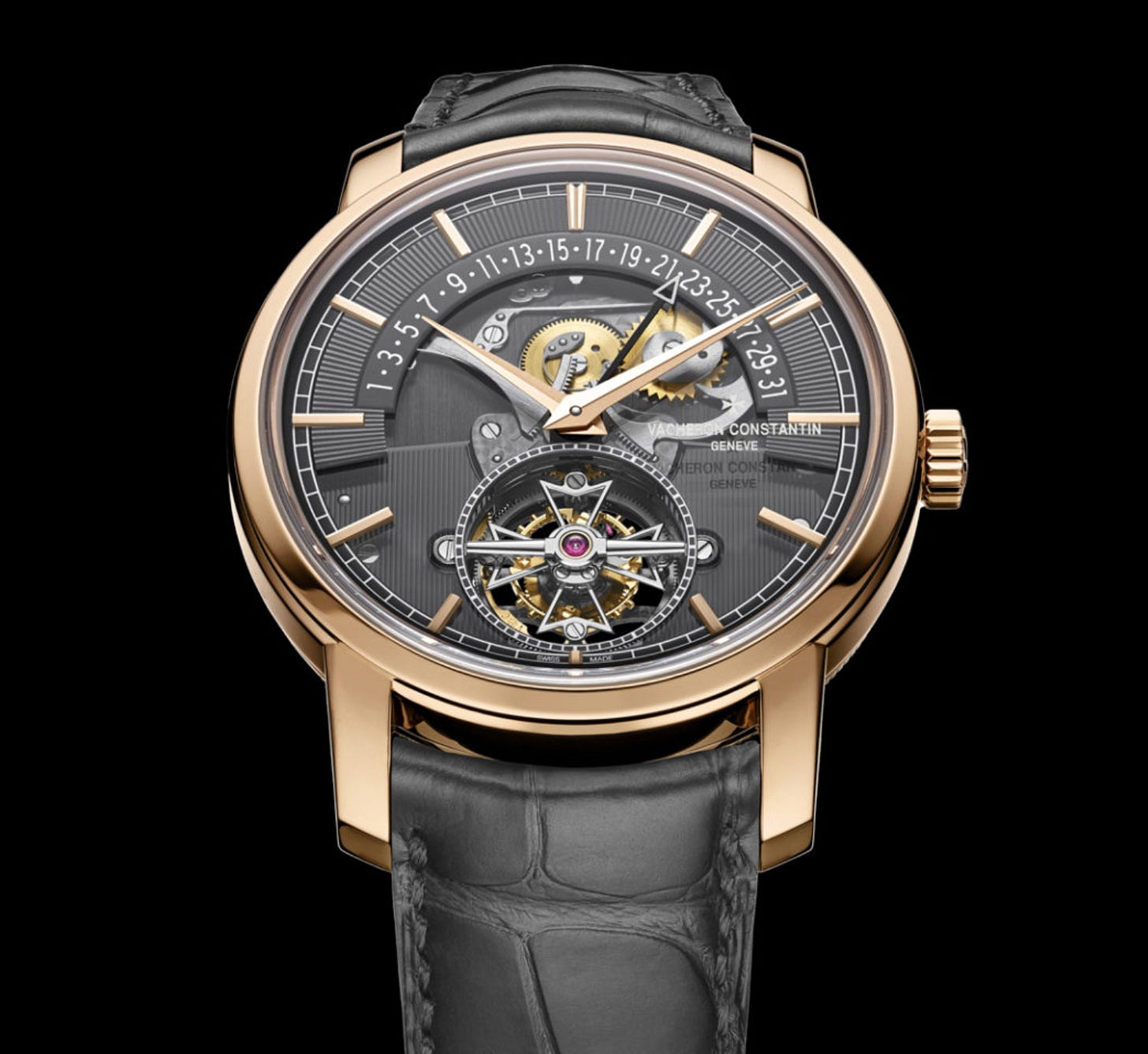
Traditional Craft in a Technological Era
The relationship between technology and traditional guilloché-work embodies one of the central tensions in contemporary luxury watchmaking. Advanced manufacturing methods have made it possible to produce convincing facsimiles of engine-turned patterns at a fraction of the cost and time investment of traditional methods. Computer-Aided Design (CAD) programs can design intricate patterns that would be nearly impossible to create by hand, while laser engraving and Computer Numerical Control (CNC) machining can execute these designs with microscopic precision.
Yet paradoxically, technology has also reinforced the value of traditional guilloché. As mechanical reproduction becomes more sophisticated, the qualities that distinguish hand-crafted engine turning—its depth, its subtle irregularities, its material presence—become more precious precisely because they cannot be fully replicated by machines. The limitations of traditional techniques have become their greatest strength.
Some forward-thinking manufacturers have found ways to integrate new technologies with traditional methods. Modern guilloché machines may incorporate digital controls for certain functions while preserving the fundamental human-guided cutting process. These hybrid approaches allow for greater consistency without sacrificing the essential character of hand-turned work.
The most significant technological impact may be in the tools themselves. Contemporary rose engines and straight-line machines benefit from modern metallurgy and precision manufacturing, allowing craftsmen to achieve finer details and more complex patterns than their historical counterparts. In this way, technology serves tradition rather than replacing it.
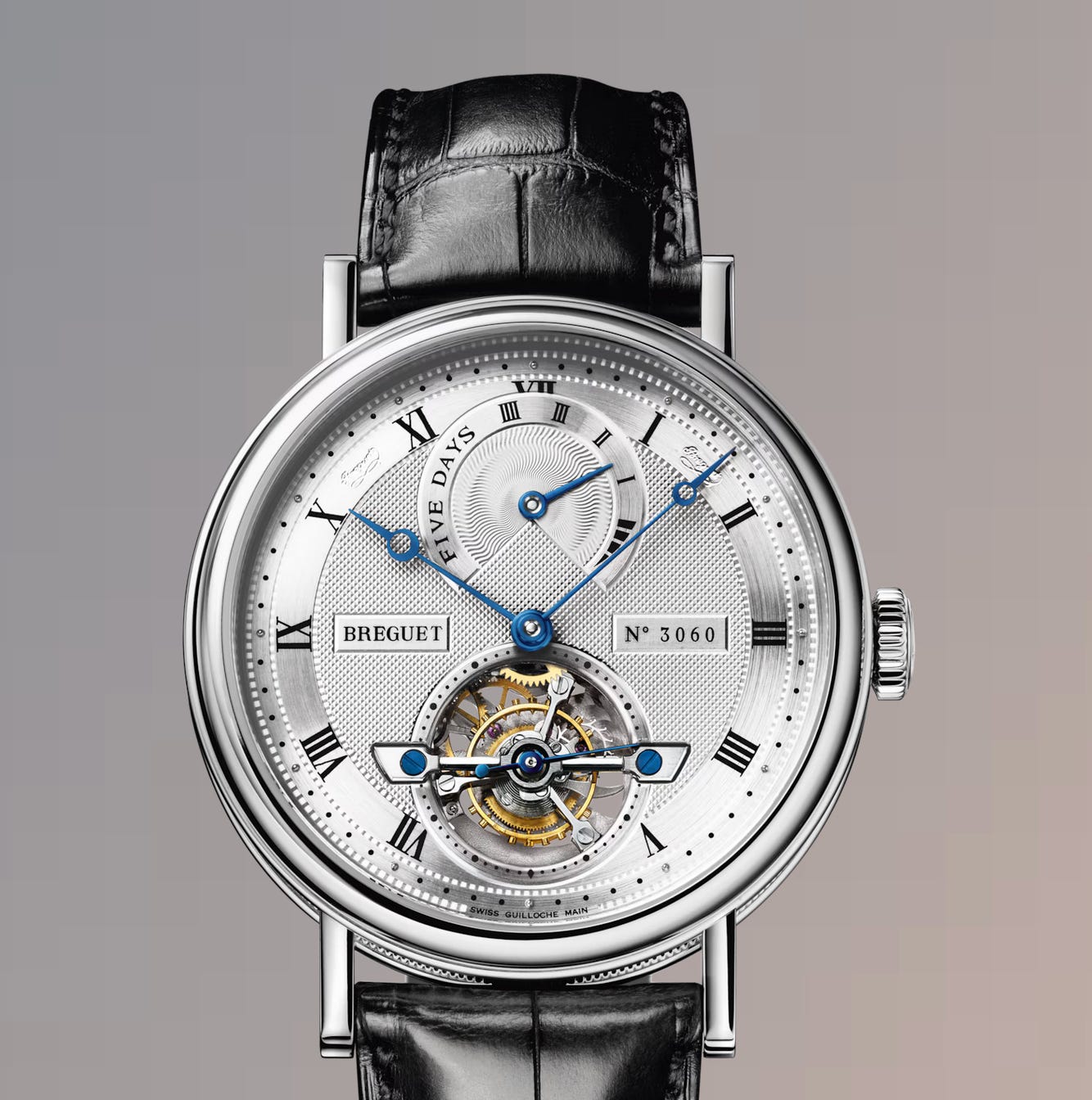
Masters of the Craft
Several luxury watch brands have established themselves as standard-bearers for exceptional guilloché-work. Breguet, whose founder popularized the technique in watchmaking, remains the touchstone for traditional engine turning. Their dials feature up to fourteen distinct guilloché patterns, each executed according to methods established over two centuries ago.
Patek Philippe applies guilloché-work with characteristic restraint, using it to add subtle depth to their classically styled dials. Their approach emphasizes precision and refinement over flamboyance—a reflection of the brand's overall aesthetic philosophy.
Vacheron Constantin balances innovation with tradition, creating contemporary interpretations of historical patterns. Their Métiers d'Art collection often showcases exceptional engine turning paired with other decorative techniques like enameling and gem-setting.
Among independent watchmakers, Kari Voutilainen stands as perhaps the most celebrated contemporary master of guilloché. Creating his patterns on antique rose engines that he has painstakingly restored, Voutilainen produces dials of extraordinary complexity and beauty, often incorporating multiple overlapping patterns and unusual color treatments.
Roger W. Smith, protégé of the legendary George Daniels, creates every component of his watches by hand, including intricately engine-turned dials that demonstrate exceptional precision and artistic sensitivity. His work represents the pinnacle of traditional British watchmaking.
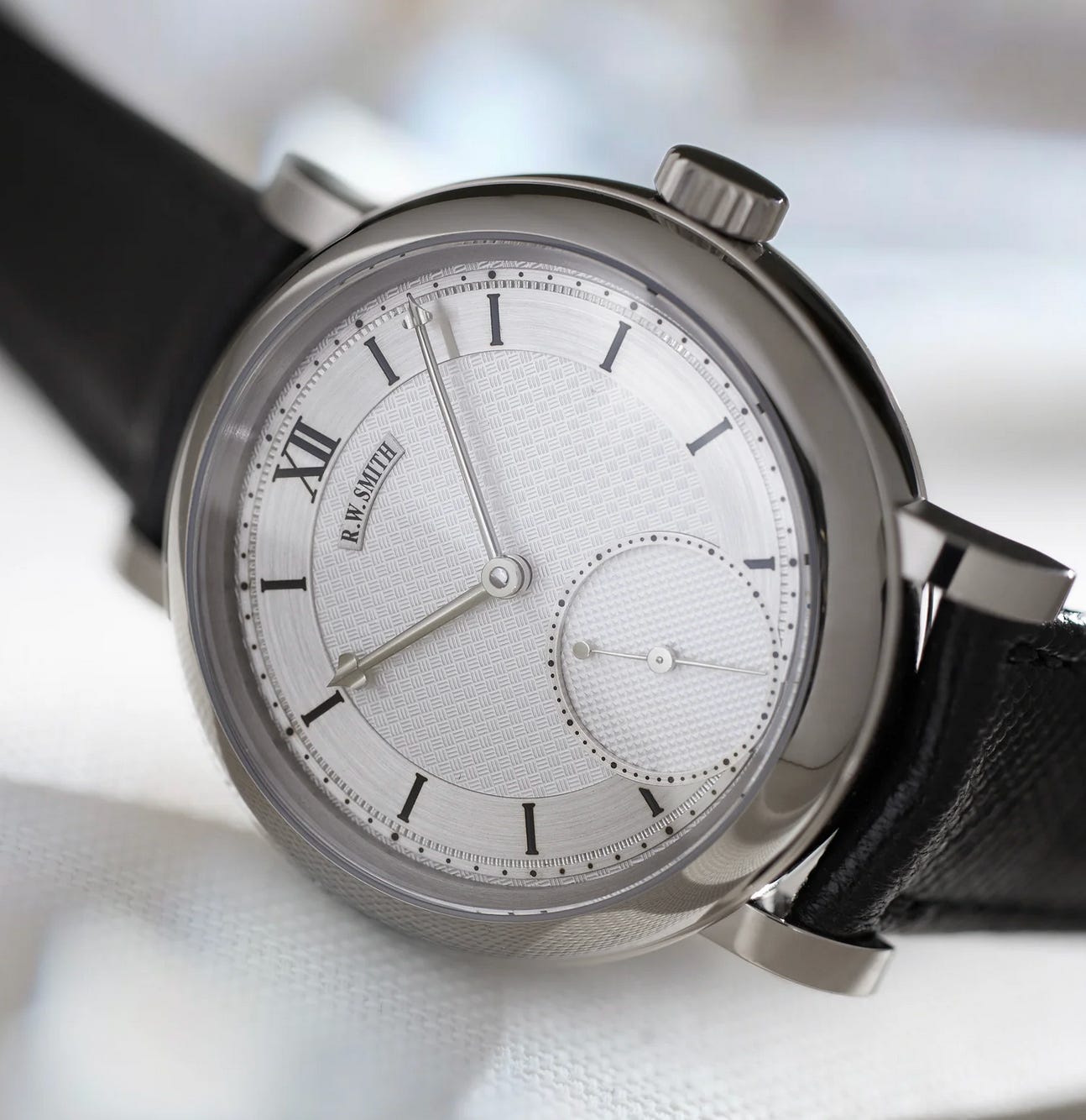
The Craftsman's Arsenal
Mastering guilloché-work requires both specialized equipment and extraordinary skill. The primary tools of the trade—the rose engine and the straight-line machine—have remained fundamentally unchanged for centuries, though individual craftsmen often modify them to suit their particular needs and aesthetic vision.
The rose engine allows for the creation of circular patterns through the interaction of rotating components. A pattern plate (or rosette) determines the basic design, while the craftsman manipulates various controls to adjust depth, spacing, and other variables. The straight-line machine, as its name suggests, produces linear patterns, often used in conjunction with rose engine work to create complex compositions.
Beyond the machines themselves, the guillochér's toolkit includes an array of specialized cutting tools (called gravers), each designed to create a specific type of incision. These tools must be maintained with fanatical attention, as even minor imperfections in the cutting edge will be visible in the finished work.
The materials being engraved present their own challenges. Different metals respond differently to the cutting process—gold offers a buttery consistency ideal for deep patterns, while harder metals require different techniques and tool geometries. The thickness of the material must be carefully considered, as aggressive cutting can create structural weaknesses in delicate components.
Most crucial, however, is the craftsman's development of proprioception—an intuitive feel for how the machine responds to manipulation. This bodily knowledge cannot be taught directly but must be acquired through years of practice under the guidance of an experienced master.
Aesthetic Impact and Visual Language
The aesthetic power of guilloché-work derives from its creation of a visual language unique to watchmaking. The most common patterns—barleycorn, clous de Paris, sunburst, wave, and basketweave—each convey different qualities of light and movement. When skillfully applied, these patterns transform a watch dial from a simple information display into a dynamic visual experience.
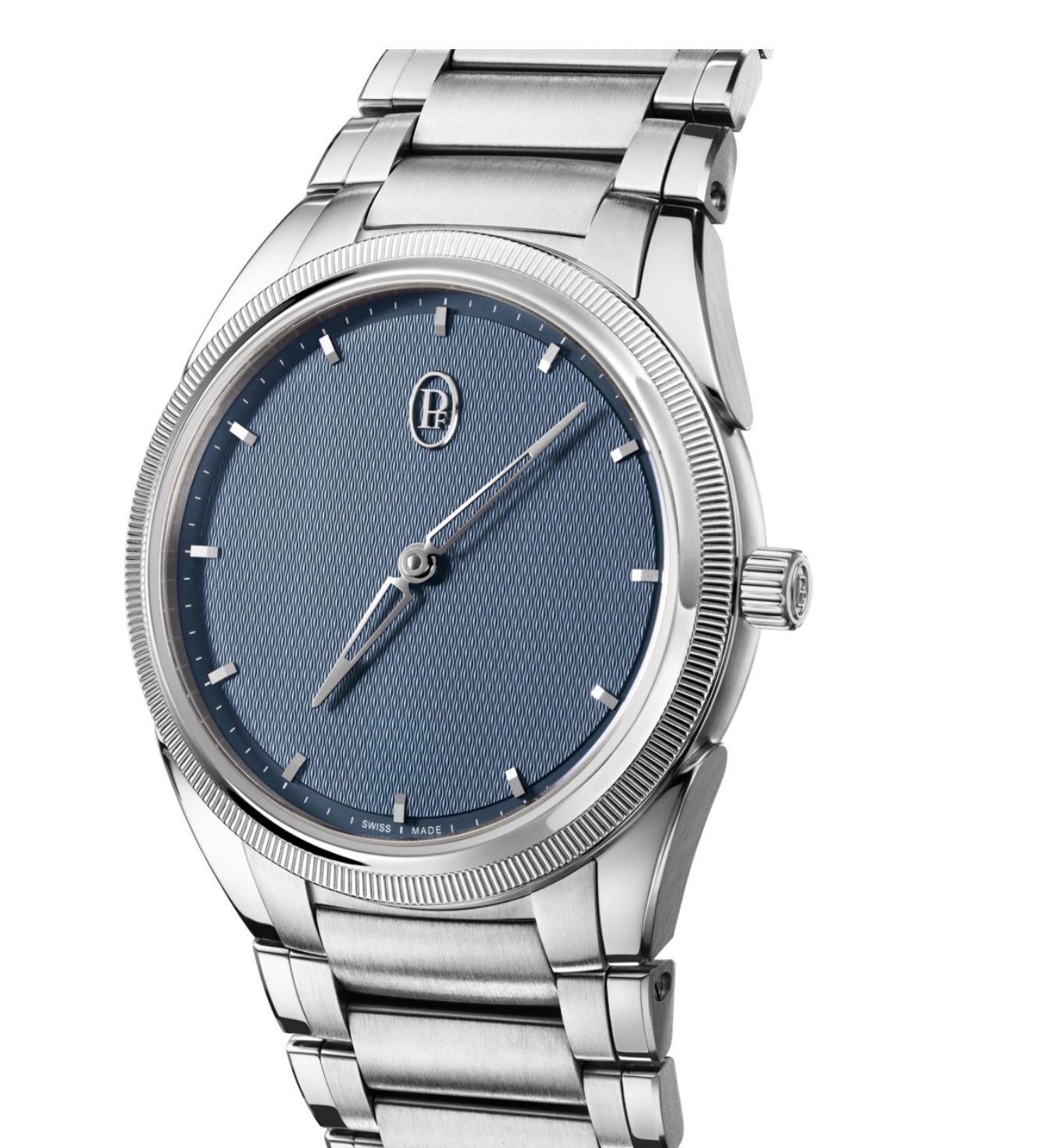
Engine turning creates a play of light that traditional photography struggles to capture—one must see a guilloché dial in person, moving it under varied lighting conditions, to fully appreciate its dimensional quality. This interaction with light adds a temporal dimension to the watch's appearance, creating what might be called a "micro-kinetic art" that complements the kinetic nature of the watch's mechanical heart.
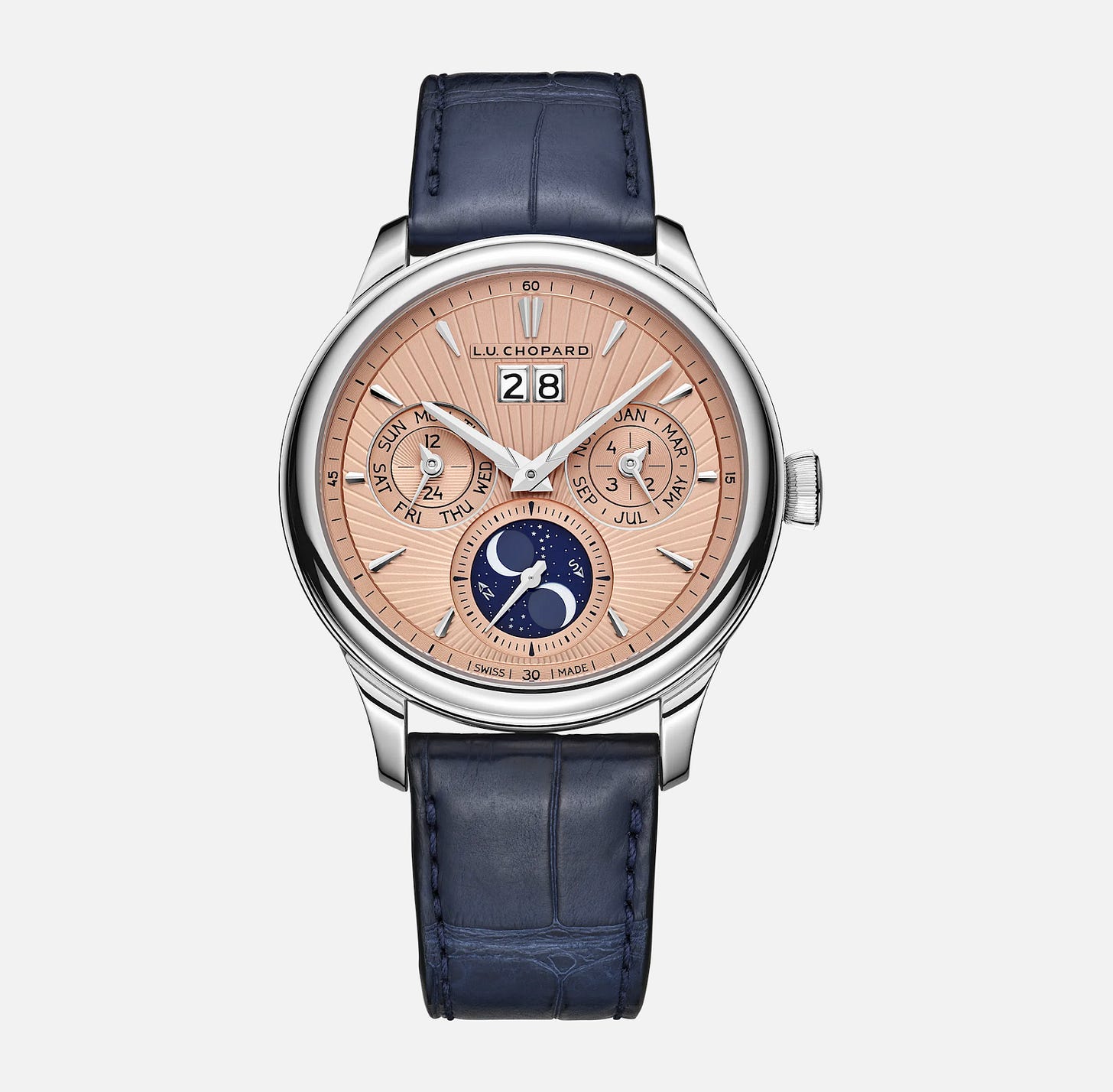
Beyond their immediate visual appeal, guilloché patterns serve functional purposes. Different patterns can delineate various zones on the dial, improving legibility and hierarchical organization of information. The textured surface reduces glare compared to polished dials, while also masking minor imperfections that might develop over time.
Perhaps most importantly, guilloché-work personalizes a timepiece. The specific combination of patterns, their scale, depth, and placement all reflect deliberate artistic choices. When these choices resonate with the overall design philosophy of the watch, the result transcends mere decoration to become an integral expression of the watchmaker's vision.
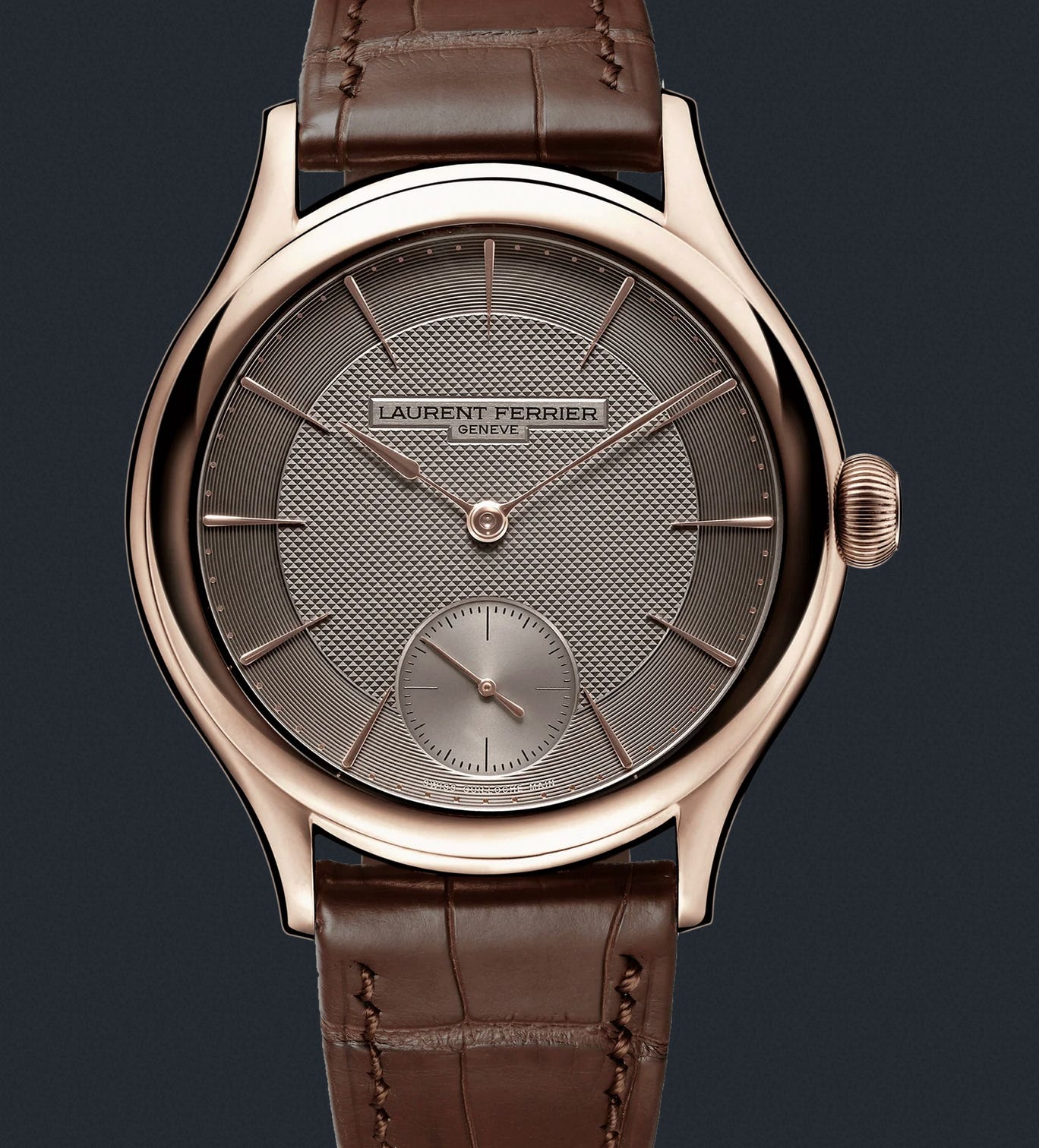
Historical Significance and Future Prospects
The historical significance of guilloché-work in luxury watchmaking cannot be overstated. From the early 19th century onward, engine turning has been inextricably linked with the concept of haute horlogerie. During the "golden age" of pocket watches, guilloché dials became a defining characteristic of high-quality timepieces, signaling both technical excellence and artistic refinement.
This association persisted through the transition to wristwatches in the early 20th century, though economic pressures and changing tastes led to a decline in traditional guilloché-work by mid-century. The quartz crisis of the 1970s nearly extinguished the art form entirely, as many traditional craftsmen retired without passing on their knowledge.
The mechanical watch renaissance of the 1990s brought renewed interest in traditional decorative techniques, including engine turning. Watch collectors, increasingly educated about historical methods, began to value authentic guilloché-work as an essential component of fine watchmaking. This demand incentivized brands to revive the practice, either by training new craftsmen or acquiring existing workshops specialized in the technique.
Today, guilloché-work stands at an interesting crossroads. Traditional methods face economic challenges as the cost of hand craftsmanship continues to rise, while technological alternatives become increasingly sophisticated. Yet the market for authentically crafted luxury watches remains robust, suggesting that true guilloché-work will persist, though perhaps in an increasingly rarefied segment of the market.
The future of engine turning likely lies in its ability to balance tradition with innovation. New patterns, novel applications on unconventional materials, and creative combinations with other decorative techniques will keep the art form vital and relevant. Meanwhile, the fundamental human connection—the direct transmission of skill from master to apprentice, and the visible evidence of the craftsman's hand in the finished work—will continue to distinguish authentic guilloché from its mechanical imitators.
Author: Sergio Galanti



